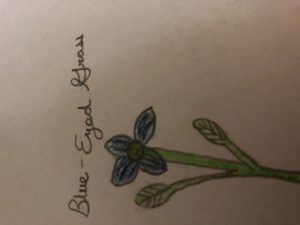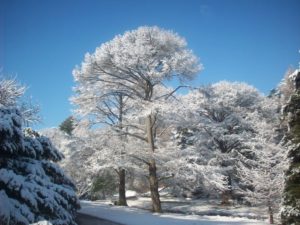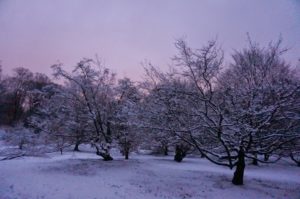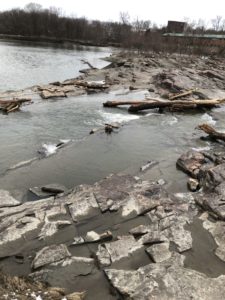Humans and environment our not separate entities. Humans heavily impact the environment their in and the environment heavily impacts them the same. The Salmon Hole is a natural area but it is never without signs of human impact whether it be through a styrofoam cup or a makeshift teepee. The reason we as humans have allowed for the degradation of our planet is because we separate ourselves from the natural world constructing our lives without a knowledge of our purpose. Maybe we’re just here so there can be something to perceive all the beauty our natural world has to offer. Yet we put our individual needs over the needs of the rest of our planet?






Recent Comments